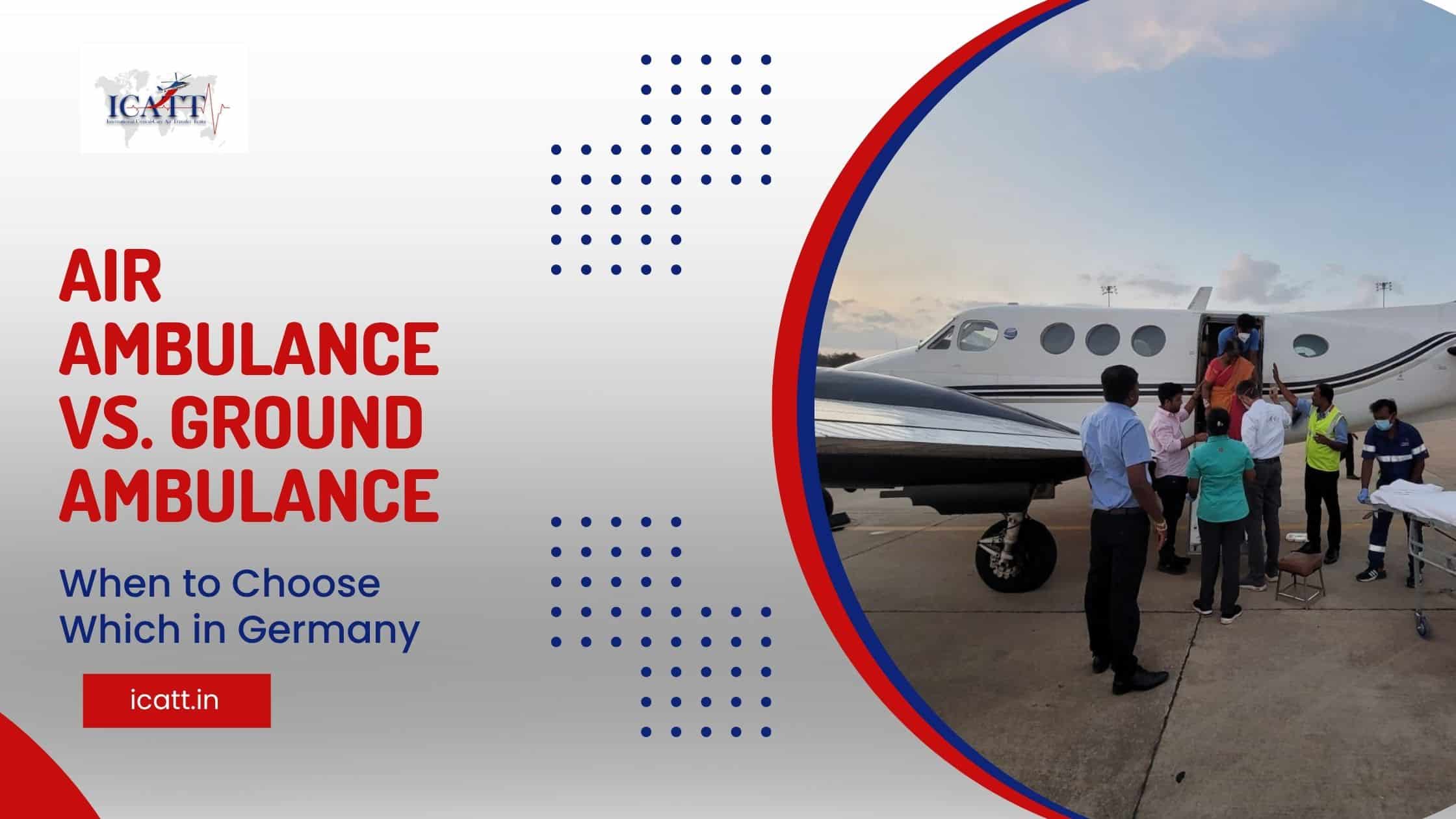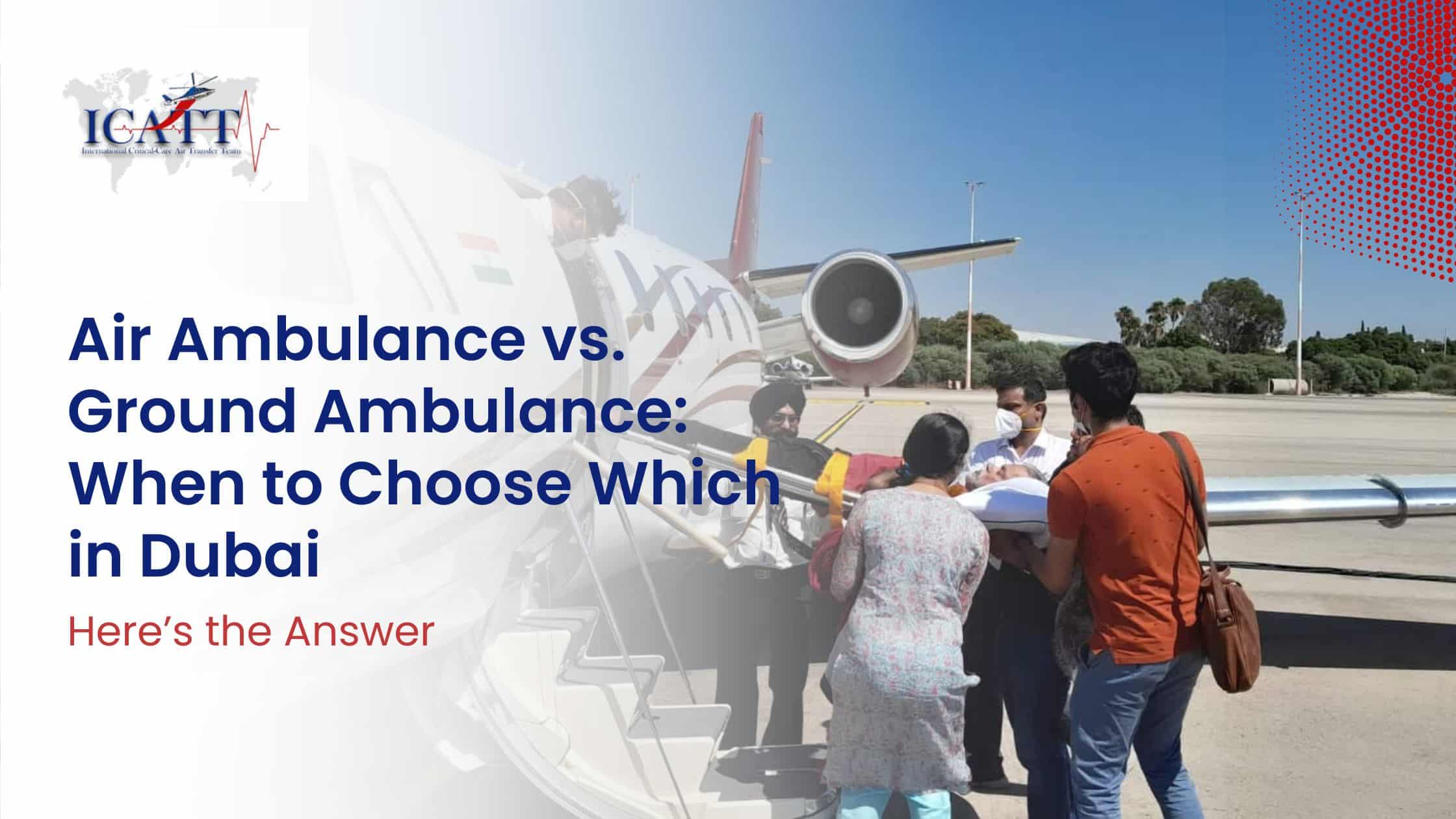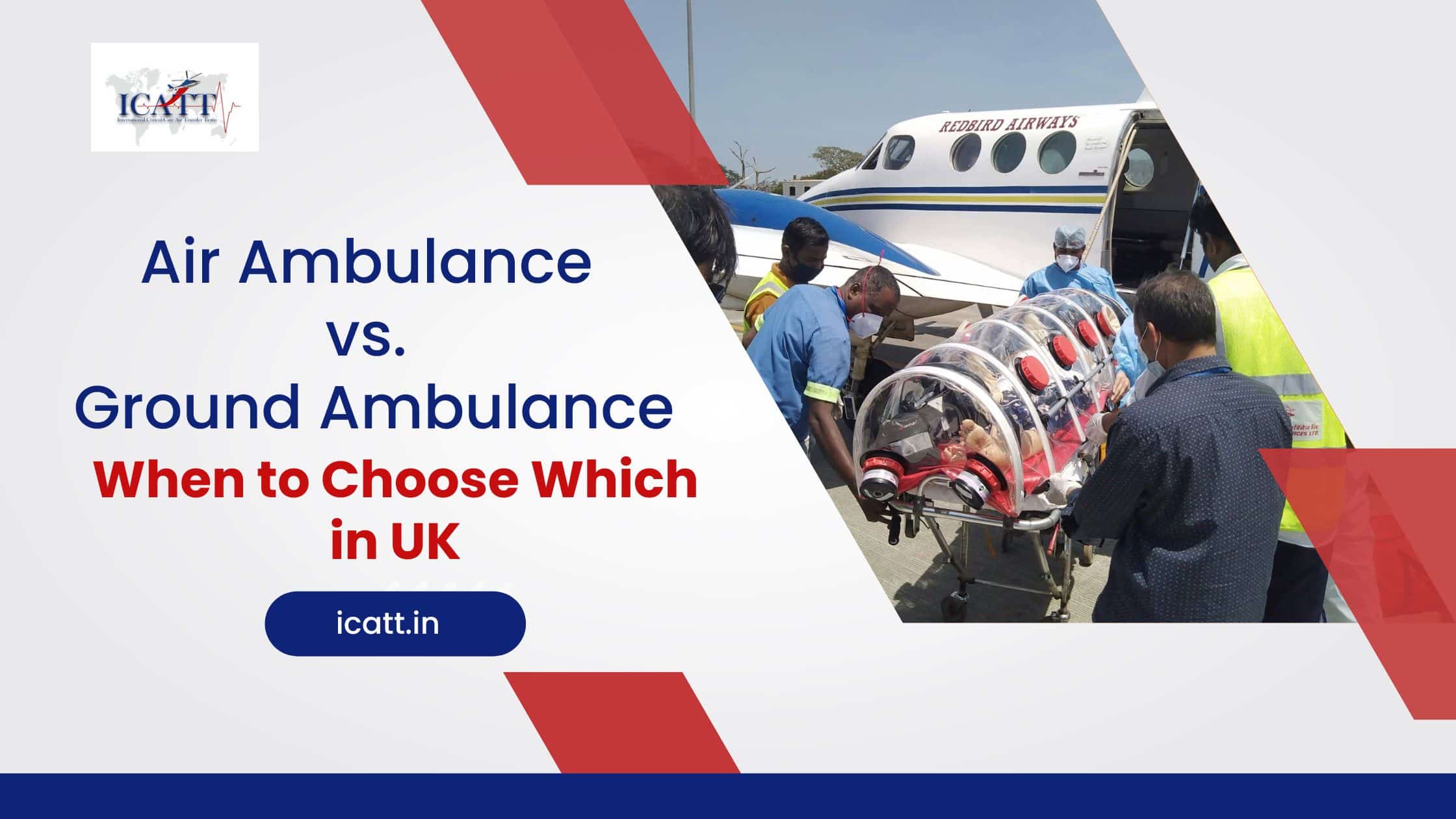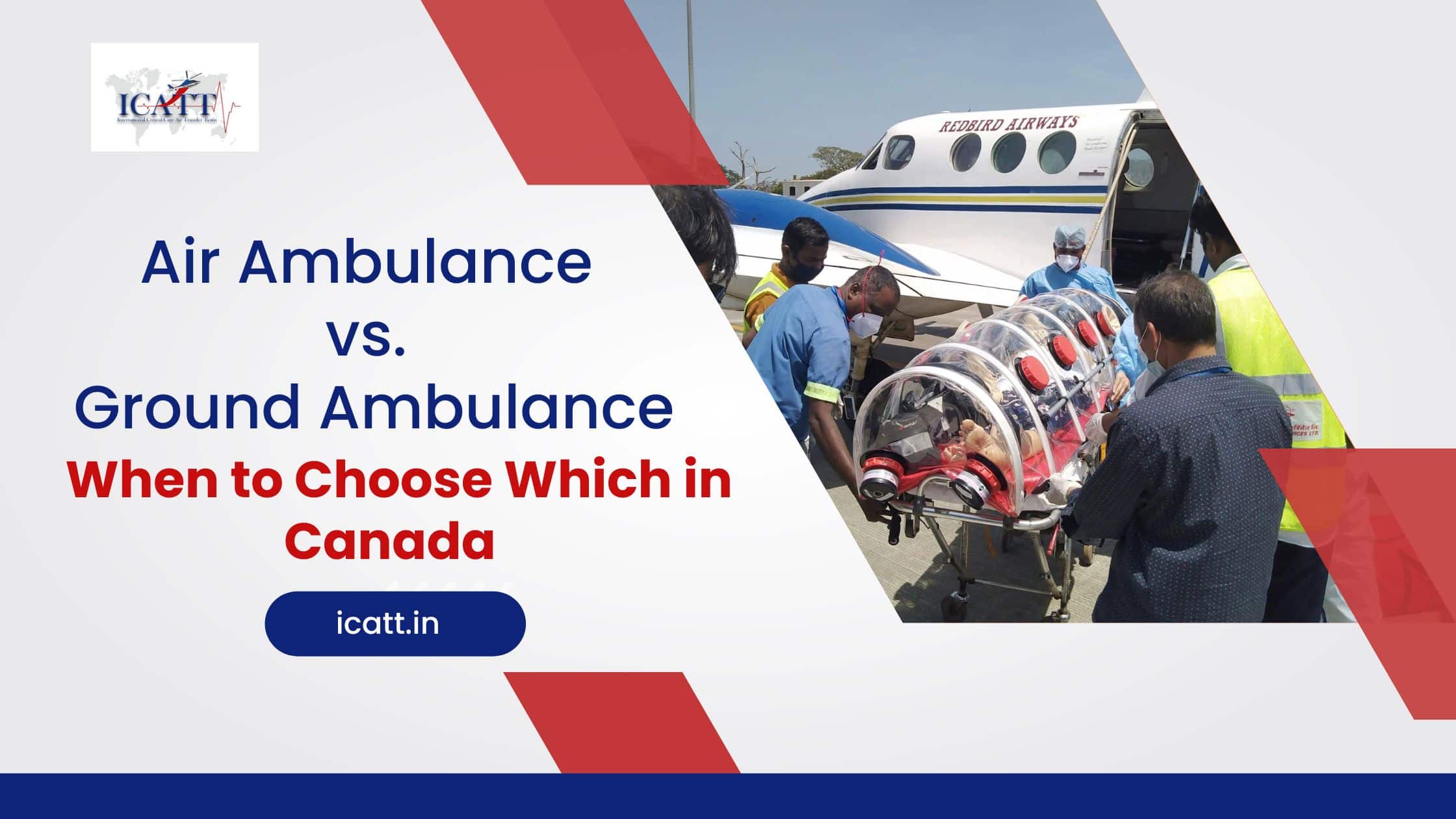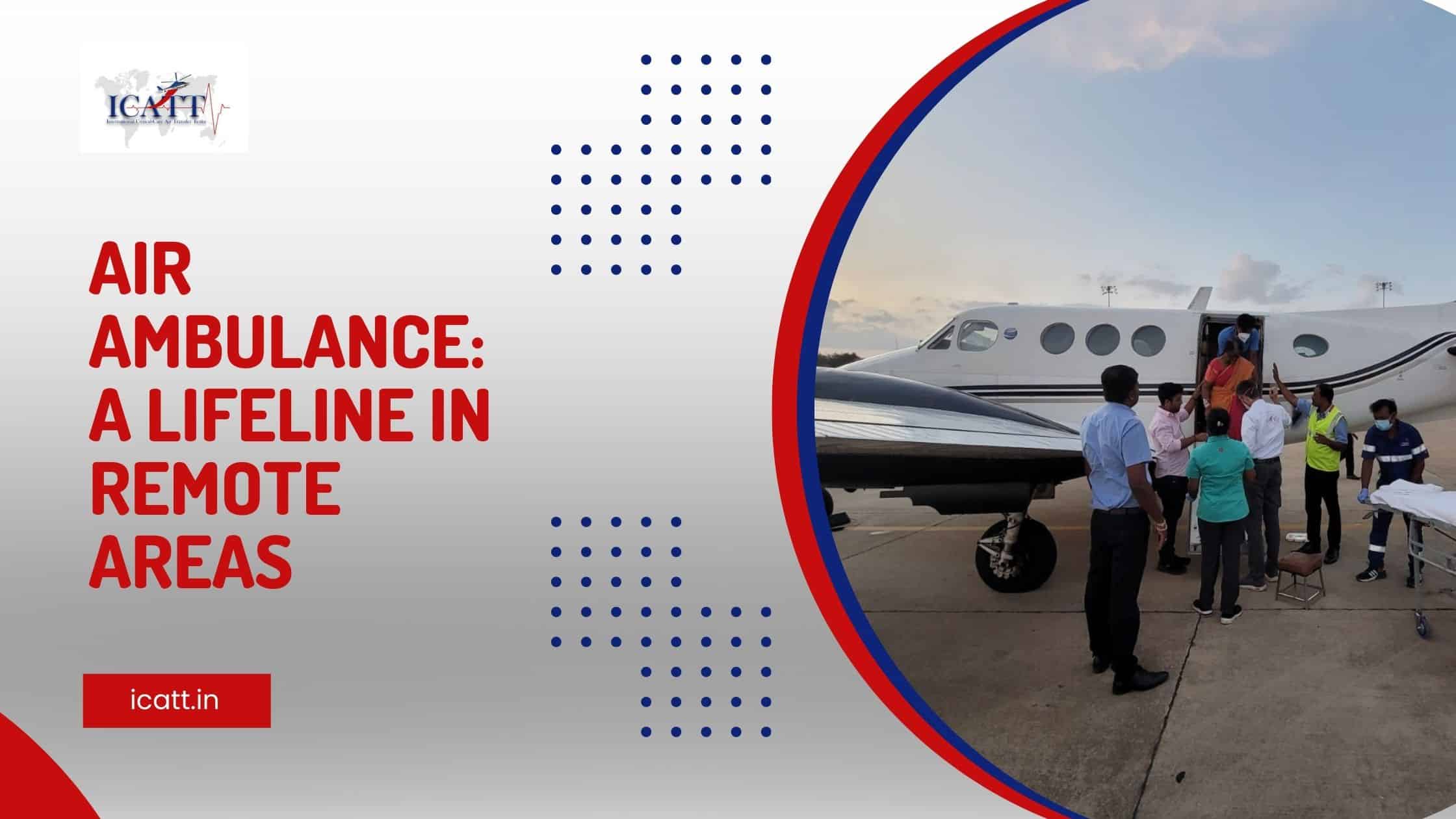Bengaluru : It is early Wednesday and Dr Shalini Nalwad, director of the Yelahanka-based air ambulance and medical transport facilitator ICATT, is engrossed in a phone conversation in her chamber with medical staff of a hospital in Boston, United States, over the condition of a bedridden 15-year-old boy.
The Bengaluru teen met with a car accident in Massachusetts, and Nalwad and team are frantically coordinating his medical transfer on a commercial plane to the city via Dubai next week.
The boy is a beneficiary of the lesser known ‘commercial aero medical transfer’ under which people visiting other countries fall seriously ill but are keen to go back home for various reasons, including exhausted foreign medical insurance cover, rising treatment expenses, and inability to afford air ambulance. Under commercial aero medical transfer, long-distant flights are booked and the patient is flown home in astretcher with basic ICU equipment and a medical team, alongside other passengers.
Kempegowda International Airport (KIA) has been receiving a number of patient transfers lately on commercial flights, mostly on Air India and Emirates, with the latest being the touchdown of a 78-year-old man with brain tumour, flown in from an ICU in Toronto, on July 7. KIA sources say one such patient transfer happens a week.
“It is usually the elderly who have travelled overseas to meet children or other family members and have unexpectedly suffered a stroke, cardiac arrest, GuillainBarré syndrome, or critical care myopathy who avail this kind of transfer. There are also instances of young persons, who are victims of road accidents in foreign countries and are bedridden with head or spinal injuries, using this transfer,” says Nalwad.
According to Air India sources, their long-distant flights with sufficient seatspace often accommodate bedridden patients, mainly from the US and Canada. “The transfer of bedridden patients with a medical team is done on bigger planes where nine economy-class seats at the back are flattened to accommodate a stretcher and other ICU equipment, including ventilator, BiPAP machine and syringe pump. The area is cordoned off using curtains from other passengers in the plane,” says an airline staffer at KIA.
According to the source, a medical lift brings down the patient from the aircraft before he or she is placed in an ambulance on the tarmac and shifted to any Bengaluru hospital. Air India also facilitated the medical transfer of a 72-year-old US national from KIA through its Bengaluru San Fransico direct flight in March this year, after he suffered a stroke and became immobile while in the city to attend a wedding. According to an Emirates spokesperson, the airline supports the transport of passengers whose medical condition requires stretchers, supply of oxygen, a medical escort or treatment whilst on the flight. “Passengers requiring medical assistance are required to submit details on their condition at least 48 hours before their flight, and our medical services team will assess fitness for travel with us. ”
ICATT and their counterparts in the city and across India are known to be running a busy schedule in recent months, flying in patients on commercial planes at just 10% of the cost needed to hire an air ambulance. While the Bengaluru boy is scheduled to be brought in next week, KIA will also be seeing a 60-year-old stroke victim being flown in on a stretcher on a commercial flight from Virginia via the Gulf by July-end, say sources.
Source: Times Of India
If you have any more queries and want to know more, do not hesitate to reach us at +91-9701111156

